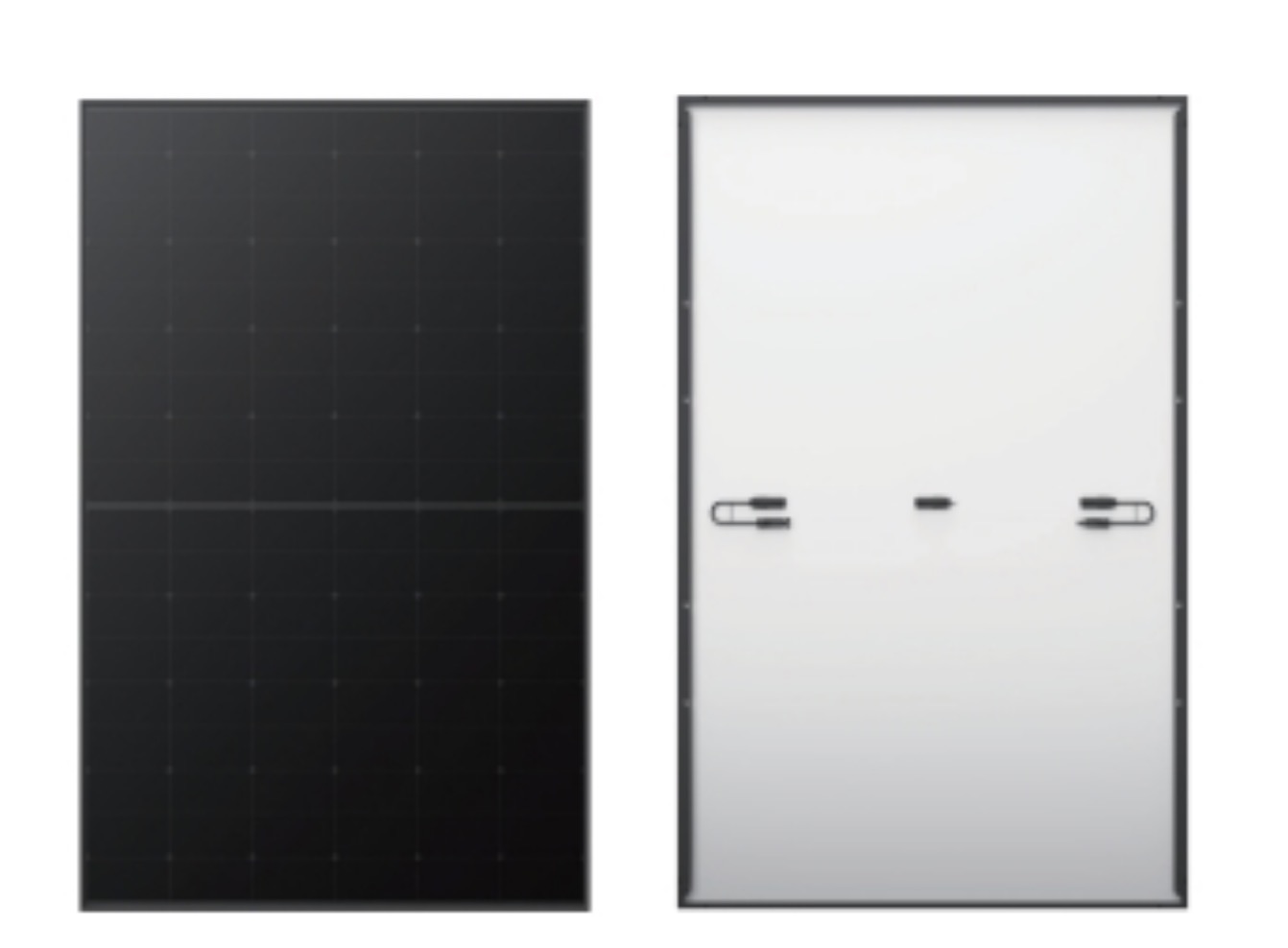An Kerui Cui Tingyu
Jiangsu Ankerui Electric Appliance Manufacturing Co., Ltd.
Abstract: This paper introduces the implementation of a smart power meter system at the new district hospital in the northern part of Zhaotong City, Yunnan Province. The system collects various electrical parameters and switch signals from the distribution site, connects via a field bus, and transmits data to the background for remote monitoring. The Acrel-3000 power management system enables real-time monitoring and efficient power management across the hospital’s electrical circuits.
Key words: North New District Hospital of Zhaotong City; smart power meter; Acrel-3000; power management; energy monitoring
0. Introduction
As electricity networks continue to expand and power consumption increases, the need for advanced power management solutions has become more critical than ever. Users are now more aware of energy efficiency and demand more reliable, accurate, and cost-effective systems to manage their electrical infrastructure. In response, the Acrel-3000 power management system offers an integrated solution that combines intelligent monitoring devices with modern communication technologies to provide real-time insights into power usage and system performance.
1. Project Overview and Objectives
Located in the northeastern part of Yunnan Province, the North New District Hospital of Zhaotong City serves as a key healthcare facility in the region. Positioned at the intersection of Weixin Road and Caiyun Road within Zhaoyang Industrial Park, the hospital is designed to provide comprehensive medical services, including general surgery, orthopedics, internal medicine, emergency care, gynecology, and more. It also features five specialized centers such as the dialysis center, physical therapy rehabilitation center, and radiology imaging center. Notably, the geriatrics department integrates medical and health care services, offering a range of support for elderly patients.
This project involves the deployment of Ankerui smart power meters at the hospital to collect real-time data on electrical parameters such as voltage, current, and power. The collected data is processed and displayed on a primary map, allowing for real-time monitoring of each circuit's status. Customized energy reports are generated to help analyze power consumption patterns and improve overall efficiency.
2. Design of the Power Management System
The design of the power management system takes into account the specific needs of the hospital, including the structure of the power network, load capacity, and operational requirements. By selecting appropriate monitoring equipment, the system ensures efficient operation, reduces costs, and enhances functionality. The system supports real-time monitoring of power distribution circuits, providing detailed information on power status, alarms for overloads, and network communication capabilities. It also facilitates the generation of reports and visualizations to aid in maintenance and decision-making.
2.1 System Architecture
The system follows a hierarchical distributed architecture, consisting of three main layers: the station management layer, the network communication layer, and the field device layer. The station management layer handles data processing, visualization, and user interaction through software and hardware components like industrial computers, printers, and UPS systems. The communication layer uses serial servers to facilitate data exchange between field devices and the central system. The field device layer includes instruments such as the ARC72 and DTSD1352 series, which monitor electrical parameters and circuit breaker statuses.
2.2 Network Design
The network system allows for real-time data transmission and quick execution of commands, forming the foundation for the system’s functionality. Devices on-site are connected via a field bus, and all buses are linked to a communication collector for seamless data transfer to the host system.
2.3 Software Function Design
The software is designed to meet the hospital’s specific needs, offering functions such as main wiring diagram display, remote measurement, alarm for parameter limits, event recording, fault detection, report generation, and user rights management. These features ensure effective power monitoring and system control.
2.3.1 Data Acquisition and Processing
Data acquisition involves both analog and digital inputs, capturing voltage, current, power, and other key parameters. Switching signals are also monitored for circuit breaker status and faults. Collected data is displayed in real time and stored in a database for future reference.
2.3.2 Data Reporting and Statistics
The system provides detailed energy reports, enabling users to track power consumption across different circuits. This helps identify anomalies, ensure accuracy, and support informed decisions.
2.3.3 Current Curve Analysis
The system generates load trend curves for incoming and critical circuits, helping maintenance teams monitor power demand and system load distribution. It also records fault data for analysis and troubleshooting.
2.3.4 User Rights Management
The system includes user access controls to prevent unauthorized changes and ensure secure operation. Different levels of access can be assigned based on user roles.
3. Significance of the Energy Management System
The implementation of the Acrel-3000 system at the North New District Hospital demonstrates how advanced power management can enhance operational efficiency and reliability. By enabling real-time monitoring, fault detection, and data-driven decision-making, the system contributes to safer and more sustainable power distribution. It not only improves the hospital’s energy management but also delivers economic benefits through reduced waste and improved resource utilization.
References
[1] Ren Cheng, Zhou Zhongzhong. Principles and Application Guide for Digital Meters for Electric Power Measurement. Beijing: China Electric Power Press, 2007.
[2] Zhou Zhongzhong. Smart Grid User End Power Management and System Solutions. Beijing: Machinery Industry Press, 2011.
About the Author: Cui Tingyu is an undergraduate graduate from Jiangsu Ankerui Electric Appliance Manufacturing Co., Ltd. His research focuses on intelligent building power supply and distribution monitoring systems. Email: el.cn | Mobile: [Phone Number] | Website: http://[Website URL]
All black solar panels or black frame Solar Panel, power range around 400w to 460w which is higher solar panel efficiency the front black or front and back are both black.
All black solar panel data
| mono type | mono crystalline half cut cell |
| power range | 400watt to 460watt |
| dimensions | 1176*1134*30mm |
| type | monofacial type or bifacial type |
Product details and pic


All Black Solar Panel,Trina Solar Panel Vertex S,Mono Crystalline Pv Modules,Full Black Solar Panels 420Watt
PLIER(Suzhou) Photovoltaic Technology Co., Ltd. , https://www.pliersolar.com